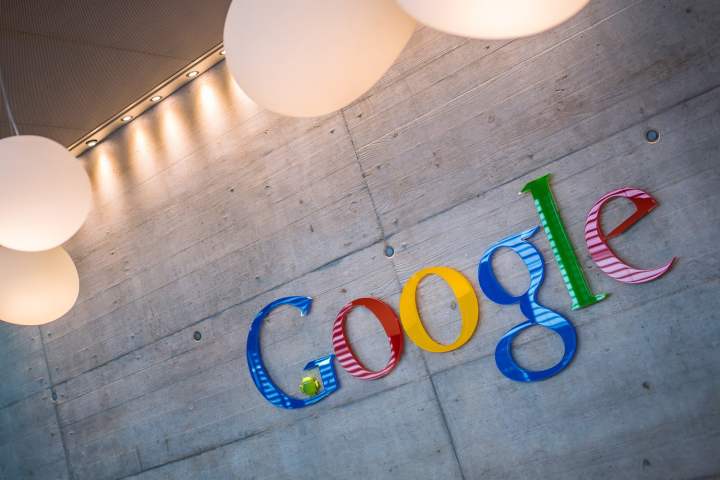
Remote controls are functional, but they’re … well, boring. Ever since the remote went wireless, they’ve been mostly the same. Even as hardware remotes are replaced with apps on our phones, they’re still not as useful as they could potentially be. That could be about to change, however, as recent patent filings indicate that Google could be working on a radar based control interface that could revolutionize not just how we control our TVs, but many of the devices in our homes, from refrigerators to laptops.
The technology would require two parts: A transmitter and a receiver. The transmitter could be a device you wear on your wrist — i.e., a smartwatch — or it could be built into your phone, while the receiver would be built into the product you want to control. The transmitter would emit a radar field, as shown in the image below, that would sense your gestures and transmit them to the receiver. The same field could even be used to both sense gestures and transmit them, though that wouldn’t have to be the case.

Google’s patent application mentions an example where a user wants to transmit a playlist of songs from her smartphone to a stereo system. She could simply point her phone at the stereo system, and make a gesture between the phone and the stereo system, sweeping the songs on to the stereo. By making other motions within the field, she could control playback, turn up the volume, or any other number of actions.
There have been some attempts at gesture-based control systems in the past, but most of them, have ranged from awkward to use to nearly nonfunctional. In the case of this potential system, we’ve already seen a similar technology from Google in Project Soli, which was capable of tracking extremely precise movements, like turning a virtual dial. We haven’t seen any products actually using the technology, but it certainly showed potential.
Of course, it’s entirely possible that this may never happen. Companies patent things all the time, and many of these patents go unused. In this case, however, Google filed two separate patents for the same technology: One for use in the home, and another for use in vehicles. This could indicate that the company is either currently or will soon be working on products using this technology.
We’ll see this type of control come eventually, regardless of who offers it first, but Google’s idea does look like one we want to try.


